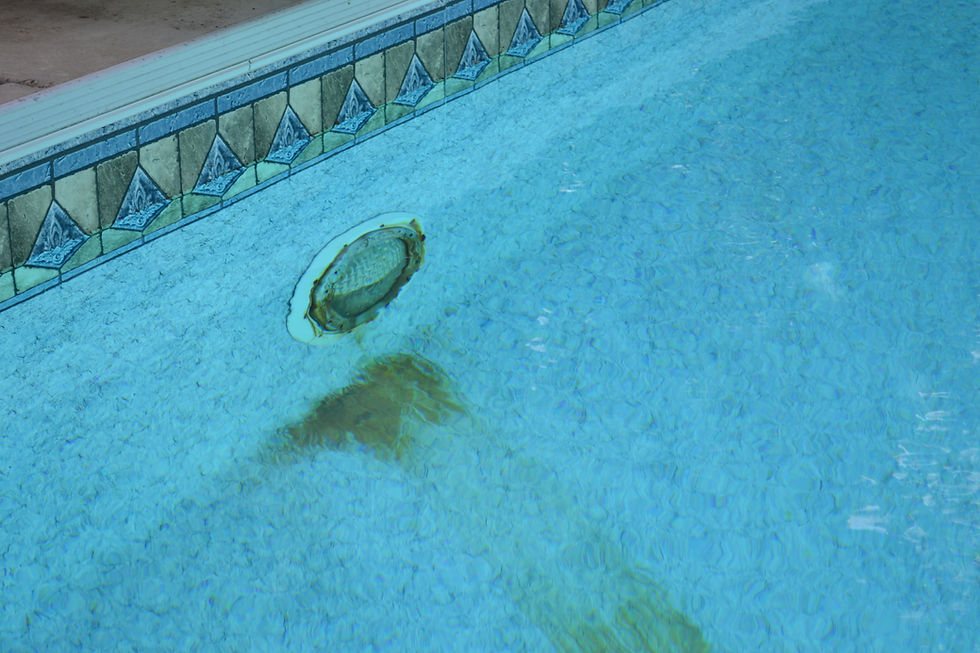Why are pH and Alkalinity so important to your pool?
- Carly Pugliese
- Dec 6, 2018
- 1 min read
Updated: Jul 11, 2019
It's easy to ask yourself if you really need to treat the pH and alkalinity in your pool water, but you do! Here's why.
Low pH:
- Erodes grout and plaster.
- Vinyl liners wrinkle and become brittle.
- Water corrodes metals on hand rails, ladders, lights, and heat exchangers.
- Burns eyes and skin sometimes causing rash and ear infection.


High pH:
- When pH reaches 8.2, chlorine becomes 50% less powerful at minimum.
- Leaves calcium deposited on all pool surfaces, especially at the waterline.
- Water becomes more susceptible to algae and cloudiness.

Low Alkalinity:
- Etches plaster surfaces.
- Vinyl liners become inflexible and brittle.
- Corrodes metals on handrails, ladders, lights, and heat exchangers.
- Quick fluctuation in pH levels also known as the pH bounce.
High Alkalinity:
- Stains form on pool surfaces.
- Difficulty adjusting pH level.
- Water becomes more susceptible to cloudiness.

**Pool water should have a pH level of 7.4-7.6 and an alkalinity level of 125-150ppm**
If you're not sure what you're pH and alkalinity levels are, come into the store with a water sample. (Remember to go elbow deep away from returns.) We can test your water and recommend the chemicals to help you balance your pool perfectly!




Kaiser OTC benefits provide members with discounts on over-the-counter medications, vitamins, and health essentials, promoting better health management and cost-effective wellness solutions.
Obituaries near me help you find recent death notices, providing information about funeral services, memorials, and tributes for loved ones in your area.
is traveluro legit? Many users have had mixed experiences with the platform, so it's important to read reviews and verify deals before booking.